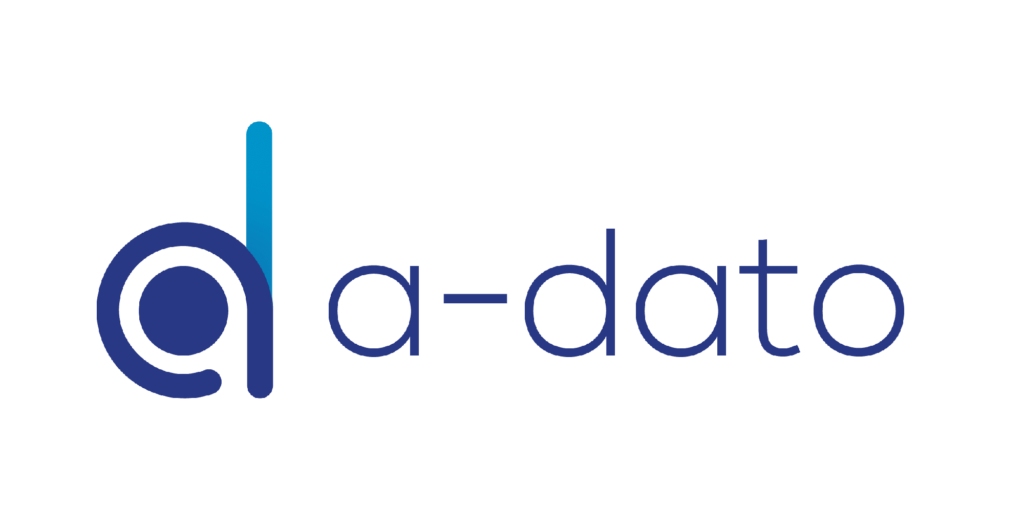Project managers today are stuck in the middle of a paradox.
On one hand, teams want to move fast, adapt to change, reprioritize quickly, ship iteratively.
On the other hand, executives want forecasts- budget clarity, resource alignment, predictable delivery.
Somewhere between these extremes lies the truth: Modern projects can’t be managed in one way anymore.
Welcome to the era of hybrid project management –where agility meets structure, and the real challenge is balance.
Why This Tension Exists
Let’s break it down:
-
Agile teams value rapid iteration and short-term responsiveness. They thrive in uncertainty.
-
Portfolio managers and PMOs need long-range visibility. They deal with resource allocation, risk, and strategic outcomes.
-
Leadership wants outcomes on time and within budget, regardless of methodology.
But these priorities often clash.
Agile boards can’t show Gantt-style visibility.
Traditional plans can’t absorb fast-changing requirements.
So how do you manage this contradiction?
Flexibility ≠ Chaos. Structure ≠ Rigidity.
The mistake many organizations make is polarization:
-
Either they swing too far into rigid planning and lose agility…
-
Or they abandon structure altogether and fall into chaos.
But hybrid teams don’t need to choose.
The real answer lies in adopting planning systems that allow for both tactical agility and strategic predictability.
This means moving beyond tool limitations or methodology dogma, and designing systems that:
-
Handle multiple planning layers (sprint, project, portfolio)
-
Surface the real critical path regardless of method
-
Provide continuous prioritization based on actual constraints
-
Update automatically with progress – no manual syncing or messy spreadsheets
What It Looks Like in Practice
Here’s what hybrid project management can deliver when done right:
| Challenge | Old Approach | Hybrid Solution |
| Teams using different methodologies | Manual alignment, constant sync meetings | Unified planning across Agile & traditional |
| Visibility into progress | Fragmented reports, siloed tools | Real-time portfolio view across all teams |
| Forecasting with agility | Impossible due to scope changes | Dynamic priorities & real-time impact analysis |
| Resource allocation | Overbooking & bottlenecks | Constraint-based capacity planning |
| Communication | Slack overload, tool confusion | Shared, centralized view of priorities |
The Role of Tools Like LYNX by A-dato
Platforms like LYNX by A-dato are purpose-built for this hybrid reality.
They don’t force you into a methodology.
Instead, they give teams the freedom to work how they want, while maintaining predictability and control at the portfolio level.
With constraint-based scheduling, Critical Chain Project Management (CCPM) support, and strategic portfolio management features, LYNX helps teams:
-
Identify what actually delays delivery (not just what’s late)
-
Respond to change without derailing plans
-
Balance workloads intelligently
-
Run multiple methodologies under one roof
In short: Flexible for teams. Predictable for leadership.
Final Thought: Choose AND, Not OR
It’s time to move past false choices.
You don’t have to pick between being nimble or being reliable.
Modern project leadership is about managing complexity with clarity.
And yes—project management can be both flexible and predictable.
You just need the right mindset. And the right tools.
Want to explore how?
Learn more about how LYNX helps teams scale hybrid project management without losing control with our whitepaper.











